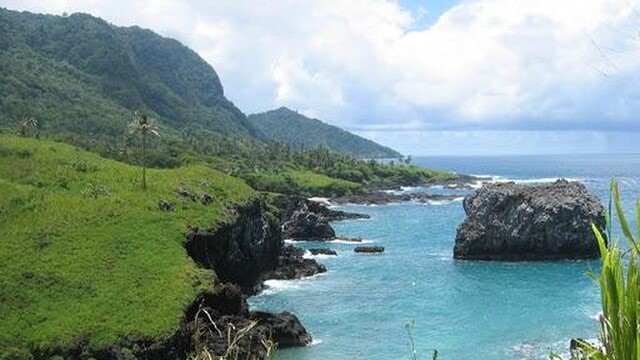On the island of Bioko, the waves roll in with unhurried rhythm, their edges dissolving into sands that remain largely untouched by mass tourism. At dusk, the horizon deepens into shades of violet and crimson, while palm fronds sway against the humid Atlantic air. It is a coastline that feels almost undiscovered, even as Equatorial Guinea begins to position itself on the map of African destinations.
The nation, perched on Central Africa’s western coast, is better known for its oil reserves than its beaches. Yet its shoreline offers some of the region’s most striking seascapes. Along Bioko’s northern rim, stretches such as Playa de Sipopo and Playa de Moka reveal waters of extraordinary clarity, fringed by dense vegetation. Wildlife is never far away—monkeys chatter from the forest edge, while seabirds sweep low across the tide.
Marine life flourishes offshore. Divers and snorkelers report schools of colorful fish weaving between corals, with the occasional sighting of dolphins breaking the surface. The surrounding waters, still relatively undisturbed, provide a glimpse into ecosystems that have declined elsewhere along the Atlantic coast.
Beyond Bioko, the islands of Corisco and Elobey Grande remain even less frequented. Their beaches, scattered with driftwood and edged by mangroves, embody the quiet seclusion that has become rare in much of the tropics. Local fishermen continue to ply these waters in wooden canoes, their presence a reminder that these islands are not only places of beauty but also of livelihood.
The human element is inseparable from the coastal landscape. In fishing villages, the day’s catch often finds its way directly into communal meals, with grilled seafood prepared alongside plantains and cassava. Traditions endure, carried in music, dance, and ritual, even as new tourism ventures gradually arrive.
Equatorial Guinea’s appeal extends inland as well. National parks such as Monte Alén and the forests near Malabo offer a different dimension to the journey. Chimpanzees, forest elephants, and rare bird species inhabit these reserves, their habitats framed by rivers and waterfalls that cut through volcanic terrain. For many travelers, the juxtaposition of rainforest and shoreline, wilderness and village, defines the country’s distinct allure.
Tourism here remains modest compared to other African nations, though investment has begun to change that reality. A number of resorts now dot Bioko’s coast, yet large portions of the shoreline remain unspoiled. Conservationists caution, however, that maintaining this balance will require careful planning. The risk of overdevelopment, though still distant, shadows the promise of a growing tourism economy.
For now, Equatorial Guinea’s beaches retain the rare quality of landscapes largely unchanged. They stand not only as destinations for leisure but also as spaces where the natural world and local culture converge in quiet resilience.
Sources
- United Nations World Tourism Organization (UNWTO). Tourism in Central Africa: Trends and Opportunities. Madrid, 2021.
- Hearn, George W., et al. “Marine and Coastal Biodiversity in Equatorial Guinea.” African Journal of Marine Science, Vol. 35, 2017.
- World Bank. Equatorial Guinea Tourism Development Report. Washington, D.C., 2020.
- UNESCO. Biosphere Reserves: Bioko Island and Coastal Ecosystems. Paris, 2020.


